Simplifying the New Standards for RTOs: What Trainers and Assessors Need to Know
Standards can be hard to meet when they talk about quality. But Registered Training Organisations (RTOs) are simplifying them to make your life a bit easier than before. So what do you actually need to know about RTOs' new standards as a trainer or assessor?
Understanding the new standards ensures high-quality education and training, which is essential for maintaining industry relevance and compliance.
Learn about the new standards for RTOs in Australia and what trainers and assessors need to know to stay compliant and effective.
What are RTOs?
Registered Training Organisations (RTOs) are institutions accredited by the Australian Skills Quality Authority (ASQA) to deliver vocational education and training (VET) services. RTOs play a crucial role in the Australian education system by providing nationally recognized qualifications and training programs that meet industry standards and learner needs. What is an RTO? | Australian Skills Quality Authority (ASQA)
Understanding the New Standards for RTOs
The new standards for RTOs in Australia are designed to ensure that vocational education and training (VET) remains relevant, high-quality, and responsive to the needs of learners and industries. These standards, outlined by the Department of Employment and Workplace Relations (DEWR), provide a framework for RTOs to deliver education and training services that meet national quality benchmarks and support continuous improvement. Standards for RTOs 2015 | Australian Skills Quality Authority (ASQA)
Key Objectives of the New Standards
Enhancing the Quality of Training and Assessment
Competency-Based Training: The new standards emphasise competency-based training, where learners are assessed on their ability to demonstrate specific skills and knowledge.
Trainer and Assessor Qualifications: To maintain high-quality training, the standards require that trainers and assessors possess appropriate qualifications and industry experience.
Assessment Validity: Assessments must be valid, reliable, fair, and flexible. RTOs must use various assessment methods to ensure that learners can demonstrate their competencies in different contexts.
Ensuring Learner Protection
Transparent Information: RTOs must provide clear and accurate information to prospective and current learners about the courses offered, including details on fees, entry requirements, and course content.
Support Services: RTOs are required to offer appropriate support services to learners, including academic and personal support.
Complaints and Appeals: The standards mandate that RTOs have effective mechanisms in place for handling complaints and appeals.
Promoting Continuous Improvement
Regular Audits and Self-Assessments: RTOs must regularly audit their operations and conduct self-assessments to identify areas for improvement.
Industry Engagement: RTOs are required to engage with industry stakeholders to ensure that their training programs remain relevant and up-to-date.
Professional Development: By continually updating their skills and knowledge, these professionals can deliver high-quality training and adapt to changes in industry practices and educational methodologies.
Components of the New Standards
Training and Assessment Strategies (TAS)
RTOs must develop and implement comprehensive Training and Assessment Strategies (TAS) for each qualification or course they offer. The TAS outlines how the training will be delivered and assessed, ensuring consistency and quality across all training programs.
Quality Indicators
The new standards introduce specific quality indicators that RTOs must report on, including learner engagement, employer satisfaction, and competency completion rates.
Learner and Employer Feedback
Collecting and analyzing feedback from learners and employers is a critical component of the new standards. RTOs must use this feedback to refine their training and assessment practices, ensuring they meet the needs and expectations of both learners and industry stakeholders.
Data Provision Requirements
RTOs are required to provide accurate and timely data to regulatory bodies. This data includes information on learner enrolments, completions, and outcomes. Providing this data helps maintain transparency and accountability in the VET sector.
Implementation and Compliance
To comply with the new standards, RTOs must:
Review and Update Policies and Procedures: Ensure that all internal policies and procedures align with the new standards. This includes updating training materials, assessment tools, and support services.
Train Staff on New Requirements: Provide comprehensive training to all staff members on the new standards and their implications.
Conduct Regular Internal Audits: Regularly review internal processes and practices to identify any areas that may need improvement. Internal audits help ensure ongoing compliance and prepare the RTO for external audits.
Engage with Industry and Learners: Actively seek feedback from industry partners and learners to ensure that training programs remain relevant and effective.
Key Changes in Trainer and Assessor Requirements
Recent updates to trainer and assessor requirements emphasize the need for highly qualified and continually developing professionals in the vocational education and training (VET) sector.
Here are the key aspects of these updates and their implications for trainers and assessors:
Updated Qualifications
One of the most significant changes involves the qualifications that trainers and assessors must hold. According to ASQA, professionals in these roles are now required to possess the TAE40116 Certificate IV in Training and Assessment or its updated version, the TAE40122. This qualification ensures that trainers and assessors have a solid foundation in designing and delivering training programs, conducting assessments, and understanding the principles of adult education. New version of TAE training package and transition extension information | Australian Skills Quality Authority (ASQA)
TAE40122 Certificate IV in Training and Assessment:
Core Units: The TAE40122 includes core units that cover essential competencies such as designing learning programs, delivering group-based and individual-based training, and assessing competence in the workplace. These core units have been updated to reflect current industry practices and educational methodologies.
Elective Units: The qualification also includes elective units that allow trainers and assessors to specialize in areas such as mentoring, workplace assessment, and e-learning. This flexibility enables professionals to tailor their learning to specific career goals and industry needs.
Ongoing Professional Development
In addition to holding the necessary qualifications, trainers and assessors are required to engage in ongoing professional development. Continuous professional development (CPD) is crucial for maintaining the quality and relevance of the training provided.
Professional Development Activities:
Workshops and Seminars: Attending industry-related workshops and seminars helps trainers and assessors stay informed about the latest trends and best practices in vocational education. These events provide opportunities for networking, knowledge sharing, and professional growth.
Online Courses: Enrolling in online courses allows trainers and assessors to gain new skills and knowledge at their own pace. Many reputable institutions offer CPD courses that cover a wide range of topics, from instructional design to digital assessment tools.
Certifications and Advanced Qualifications: Pursuing additional certifications or advanced qualifications, can enhance a trainer’s or assessor’s expertise and career prospects.
Compliance with Regulatory Requirements
Compliance with regulatory requirements is a critical factor of the updates. RTOs are responsible for ensuring that their trainers and assessors meet these standards. Failure to comply can result in sanctions or the loss of RTO registration. Therefore, RTOS need to have strong processes in place to monitor and support the professional development of their staff. Our regulatory practice | Australian Skills Quality Authority (ASQA)
ASQA Guidelines:
Monitoring and Reporting: ASQA requires RTOs to regularly monitor and report on the qualifications and professional development activities of their trainers and assessors. This process involves maintaining accurate records and providing evidence of compliance during audits.
Support and Resources: RTOs must provide support and resources to help trainers and assessors meet their professional development requirements. This support can include access to training programs, funding for CPD activities, and time allocated for professional development.
Impact on Training and Assessment Quality
The updates to trainer and assessor requirements have a significant impact on the quality of training and assessment provided by RTOs.
Enhanced Training Delivery:
Up-to-date Knowledge: Trainers and assessors who stay current with industry practices can deliver training that is relevant and aligned with the latest standards.
Innovative Assessment Methods: CPD enables trainers and assessors to adopt innovative assessment methods that accurately measure learner competence. These methods can include digital tools, practical simulations, and real-world assessments.
Developing Effective Training and Assessment Strategies
Here are some key components and best practices involved in developing these strategies.
Training Packages
Training packages are integral to the Australian Vocational Education and Training (VET) system, supporting the vet workforce. They provide a comprehensive framework that guides RTOs in designing, delivering, and assessing training programs. Training packages | Australian Skills Quality Authority (ASQA)
Each training package includes the following elements:
Qualifications Framework: Defines the specific qualifications and competencies that learners must achieve.
Units of Competency: Detailed descriptions of the skills and knowledge required for each qualification. These units specify the performance criteria, required knowledge, and assessment conditions.
Assessment Guidelines: Outlines the principles and practices for assessing learners' competencies, ensuring consistency and fairness across different RTOs.
Designing Training Programs
Needs Analysis: Conducting a thorough analysis to understand the specific needs of learners and industry requirements. This involves consulting with industry stakeholders, reviewing current job roles, and identifying skills gaps.
Curriculum Development: Creating a structured curriculum that outlines the learning objectives, content, delivery methods, and assessment strategies. The curriculum should be aligned with the units of competency and performance criteria specified in the training package.
Resource Development: Developing high-quality training materials, including learner guides, presentations, and practical exercises. These resources should be engaging, up-to-date, and accessible to all learners.
Delivery Methods: Selecting appropriate delivery methods that cater to diverse learning styles and environments. This can include face-to-face instruction, online learning, blended learning, and practical workshops.
Effective Assessment Practices
Assessment is a critical component of the training process, as it determines whether learners have achieved the required competencies.
Effective assessment practices include:
Assessment Planning: Developing a comprehensive assessment plan that outlines the assessment methods, tools, and timelines. The plan should ensure that all units of competency are assessed and that assessments are conducted at appropriate stages of the training program.
Variety of Assessment Methods: These methods can include written tests, practical demonstrations, projects, simulations, and oral presentations. The choice of assessment methods should be based on the nature of the competency being assessed and the needs of the learners.
Validity and Reliability: This involves using standardized assessment tools and processes, as well as providing clear instructions and criteria for assessment.
Formative and Summative Assessment: Incorporating both formative (ongoing) and summative (final) assessments. Formative assessments provide learners with feedback on their progress and identify areas for improvement, while summative assessments determine whether learners have achieved the required competencies at the end of the training program.
Feedback and Support: Providing constructive feedback to learners based on their assessment results. Feedback should highlight strengths, identify areas for improvement, and offer guidance on how to achieve the required competencies.
Allocating Appropriate Resources
Effective training and assessment strategies require adequate resources to support both learners and trainers. Key resources include:
Up-to-date Training Materials: Ensuring that all training materials are current, relevant, and aligned with industry standards. This includes regularly reviewing and updating learner guides, presentations, and practical exercises.
Experienced Staff: Employing qualified and experienced trainers and assessors who are knowledgeable in their subject areas and skilled in delivering and assessing training.
Technological Resources: Leveraging technology to enhance the training and assessment process including online learning platforms, virtual simulations, and digital assessment tools.
Facilities and Equipment: Providing appropriate facilities and equipment that support practical training and assessment activities. This includes classrooms, workshops, labs, and specialized equipment relevant to the training program.
Continuous Improvement
RTOs should implement continuous improvement practices, such as:
Feedback Mechanisms: Collecting feedback from learners, trainers, and industry stakeholders to identify strengths and areas for improvement in training programs and assessment practices.
Review and Evaluation: Regularly review training and assessment strategies to ensure they remain relevant and effective. This involves analyzing assessment results, monitoring learner progress, and evaluating the overall success of the training program.
Professional Development: Encouraging continuous professional development for trainers and assessors to enhance their skills and knowledge. This can include attending workshops, participating in industry forums, and completing additional qualifications.
Importance of Compliance and Continuous Improvement
Maintaining compliance with the new standards is essential for Registered Training Organisations (RTOs) to continue operating legally and effectively. Compliance ensures that RTOs meet the requirements set by regulatory bodies like the Australian Skills Quality Authority (ASQA), which is responsible for overseeing the quality and integrity of the vocational education and training (VET) sector in Australia. Here's a detailed look at why compliance and continuous improvement are crucial for RTOs:
Legal and Regulatory Compliance
New standards are not just about maintaining quality; it's a legal requirement. RTOs must comply with the standards set forth by ASQA to receive and retain their registration. This compliance ensures that RTOs are delivering training and assessments that meet nationally recognized standards, providing learners with qualifications that are valued by employers and other educational institutions.
Regular Audits: ASQA conducts regular audits to ensure that RTOs comply with the standards. These audits can be scheduled or unannounced and cover various aspects of an RTO's operations, including its training and assessment strategies, learner support services, and organizational governance.
Self-Assessments: RTOs are encouraged to conduct self-assessments regularly. Self-assessments involve reviewing internal processes and practices to ensure they align with the standards. This proactive approach allows RTOs to identify and address potential issues before they become significant problems during an external audit.
Enhancing Training and Assessment Quality
Compliance with the new standards involves not just meeting minimum requirements but striving for excellence in training and assessment quality.
Training and Assessment Strategies: Regularly updating training and assessment strategies to reflect the latest industry practices and educational methodologies is crucial. This may involve incorporating new technologies, updating training materials, and using innovative assessment methods to ensure learners are gaining relevant skills and knowledge through nationally recognised training.
Feedback Mechanisms: Implementing robust feedback mechanisms from learners, employers, and industry stakeholders can provide valuable insights into the effectiveness of training and assessment practices.
Addressing Gaps and Ensuring Continuous Improvement
Continuous improvement is a core principle of quality management. For RTOs, this means regularly reviewing and enhancing their processes to provide high-quality education and training services.
Gap Analysis: Conducting a gap analysis helps identify areas where current practices may fall short of the required standards or industry expectations. This involves comparing current performance against best practices and standards to pinpoint deficiencies and areas for improvement.
Professional Development: Investing in the professional development of trainers and assessors is essential for continuous improvement. Ensuring that staff are up-to-date with the latest industry trends, technologies, and teaching methods helps maintain high standards of education and training.
Benefits for Learners and the Education Sector
Learner Outcomes: By adhering to high standards and continuously improving their practices, RTOs can ensure that learners achieve better outcomes. This includes higher completion rates, better job placement rates, and greater satisfaction with their training experience.
Industry Reputation: RTOs that consistently deliver high-quality training and demonstrate a commitment to continuous improvement build a strong reputation in the education sector. This reputation can attract more learners and industry partnerships, further enhancing the RTO's success and sustainability.
Staying Competitive
In a competitive education sector, RTOs must differentiate themselves by maintaining high standards and continuously improving their offerings. Compliance and a commitment to quality can be significant competitive advantages.
Market Differentiation: RTOs that can demonstrate their commitment to quality and continuous improvement can stand out in the market. This differentiation can attract students who are looking for the best training options and employers who want to partner with reputable training providers.
Adaptability: Continuous improvement ensures that RTOs remain adaptable to changes in industry needs, regulatory requirements, and educational trends.
How New Standards Affect Qualifications and VET
The new standards for Registered Training Organisations (RTOs) in Australia are designed to enhance the quality and relevance of vocational education and training (VET). Here’s a detailed look at how the new standards affect qualifications and the broader VET system.
Ensuring Relevance to Industry Needs
One of the primary goals of the new standards is to ensure that the qualifications provided by RTOs remain relevant to current industry demands.
Industry Consultation: RTOs are now required to engage more deeply with industry stakeholders when designing and delivering training programs. This consultation helps ensure that the curriculum reflects the latest industry practices and technologies.
Work-Integrated Learning: Incorporating practical, hands-on experiences into training programs is emphasized. This approach ensures that learners not only understand theoretical concepts but can also apply them in real-world settings.
Maintaining High Educational Standards
The new standards mandate rigorous quality assurance processes to maintain high educational standards across all RTOs. This involves regular audits, continuous improvement plans, and adherence to best practices in training and assessment.
Quality Audits: RTOs must undergo periodic audits by the Australian Skills Quality Authority (ASQA) to ensure compliance with the new standards. These audits assess various aspects of the RTO’s operations, including training delivery, assessment methods, and learner support services.
Continuous Improvement: This involves regularly reviewing and updating training materials, assessment tools, and delivery methods to enhance the quality of education.
Professional Development: Trainers and assessors must engage in ongoing professional development to stay current with educational methodologies and industry developments.
Alignment with VET System Goals
The changes to the standards are part of a broader effort to align the VET system with national goals for workforce development.
Skill Shortages: The updated standards help address skill shortages in critical industries by ensuring that training programs are responsive to these needs.
Workforce Development: By enhancing the quality and relevance of VET qualifications, the new standards contribute to the development of a more competent and versatile workforce.
Pathways to Further Education: The new standards facilitate clear pathways for learners to progress from VET qualifications to higher education.
Enhanced Learner Outcomes
Improved Competency: Learners gain skills that are directly applicable to their chosen industries, making them more competent and confident in their roles.
Increased Employability: Ensuring learners receive nationally recognised training from qualified trainers boosts job prospects.
Support Services: The new standards also emphasize the importance of learner support services, including career counselling, academic assistance, and mental health resources.
Resources and Tools for Trainers and Assessors
To help trainers and assessors stay updated with the new standards resources are designed to provide detailed information on compliance requirements, best practices, and professional development opportunities. Here’s a more detailed look at what’s available:
Government Publications and Guidelines
Department of Employment and Workplace Relations (DEWR) Early Changes to the Current Standards for RTOs - Department of Employment and Workplace Relations, Australian Government
Standards and Compliance Guides: DEWR provides comprehensive guides and resources that outline the new standards for RTOs. These documents explain the requirements for trainers and assessors, including qualifications, assessment strategies, and continuous improvement practices.
Fact Sheets: Fact sheets are concise documents that highlight key aspects of the new standards. They are a quick reference for understanding the essential requirements and can be easily accessed and downloaded from the DEWR website.
Australian Skills Quality Authority (ASQA)
User Guides: ASQA provides detailed user guides that explain how RTOs can comply with the standards.
Regulatory Updates: Regular updates on regulatory changes and new standards are published by ASQA.
Industry Associations and Networks
Professional Associations: Joining professional associations such as the Australian Institute of Training and Development (AITD) can provide access to valuable resources, networking opportunities, and professional development events.
Peer Networks: Engaging with peer networks and forums allows trainers and assessors to share experiences, discuss challenges, and find solutions collaboratively.
Tools and Technologies
Learning Management Systems (LMS): LMS platforms such as Moodle and Blackboard can help trainers and assessors manage their courses, track learner progress, and ensure compliance with the new standards. These systems often include features for creating and delivering assessments, providing feedback, and generating reports.
Assessment Tools: Specialized software and tools are available to assist with developing and administering assessments. These tools can help ensure that assessments are fair, reliable, and aligned with the new standards.
Continuous Improvement Resources
Quality Assurance Frameworks: Implementing quality assurance frameworks within RTOs can help maintain high standards of training and assessment. These frameworks often include processes for regular reviews, feedback collection, and continuous improvement.
Feedback Mechanisms: Establishing robust feedback mechanisms allows trainers and assessors to gather insights from learners and stakeholders. This feedback can be used to identify areas for improvement and make necessary adjustments to training programs and assessment practices.
Feeling like you're falling behind?
Professional Development Courses and Training Programs
Learning Options offers a range of courses and training programs specifically designed for trainers and assessors. These programs are essential for professional growth and ensuring compliance with the new standards.
Here are some key courses:
Trainer Assessor Course: TAE40122 Certificate IV in Training and Assessment: This foundational course provides the necessary skills and knowledge for delivering training and conducting assessments. The course covers essential areas such as planning, organizing, and delivering training, as well as assessing competency.
Diploma of Training Design and Development: This advanced course is ideal for those looking to specialize in designing training programs and assessment tools. It includes modules on developing learning strategies, designing training materials, and evaluating training effectiveness.
TAE50122 - Diploma of Vocational Education and Training: This diploma focuses on the broader aspects of vocational education and training, including leadership and management within an RTO.
By staying informed and engaging in professional development, trainers and assessors can maintain compliance and enhance their effectiveness.
Explore professional education opportunities with Learning Options.
FAQ
Will trainers and assessors have to upgrade to the newest qualifications in the Training and Education Training Package?
Answer: Trainers and assessors who have already fulfilled the Standards will not be needed to refresh their qualifications. The credential-related early adjustments supplement the requirements in the present Standards.
What should RTOs do to prepare for the changes?
Answer: RTOs should familiarize themselves with the modifications and accompanying recommendations. Because the modifications are expansionist in spirit and intended to give greater flexibility, RTOs should not face increased regulatory burden.
What qualifies 'actively working towards' a certain training and assessment credential?
Answer: 'Actively working towards' indicates that an individual is enrolled in, has begun, and is making adequate progress toward obtaining the certification within two years of enrollment. This will enable RTOs to engage potential trainers and assessors to learn on the job by conducting training and contributing to assessment while ensuring that the teaching and assessment are subject to appropriate monitoring and supervision from a fully trained trainer and assessor.
What constitutes satisfactory progress?
Answer: This would have to be set on an individual basis, but it would entail checking in to verify the individual is on pace to finish within two years of starting, and that any recognized concerns with the individual's development are resolved.
Do those who offer training and assessment have to be currently registered as secondary school teachers?
Answer: Individuals having a certificate that allows them to register as secondary school teachers do not need to be actively registered as teachers; instead, they must fulfil the academic requirements for registration in at least one state or territory.
Do persons have to complete the academic standards for secondary teacher registration in the state or territory where they reside or work?
Answer: The credential must enable the individual to meet the academic requirements for registration as a secondary school teacher in at least one state or territory - this does not have to be the state or territory where the individual currently resides or delivers training, as many RTOs operate across multiple jurisdictions.


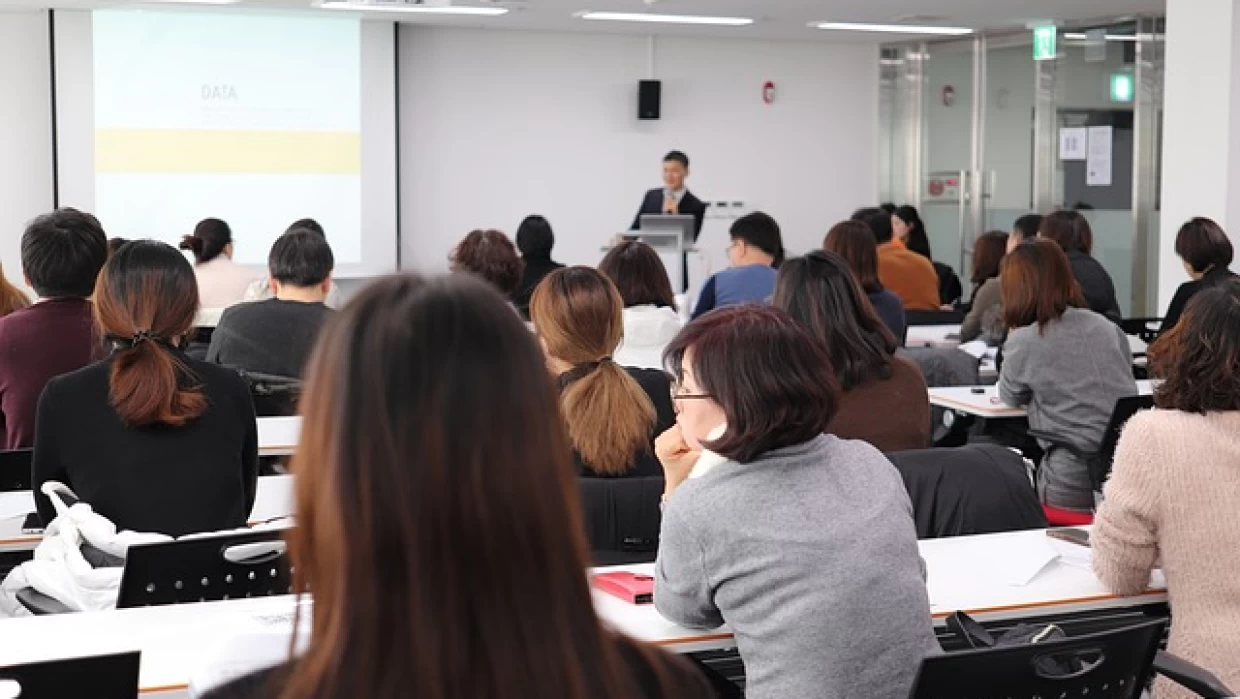



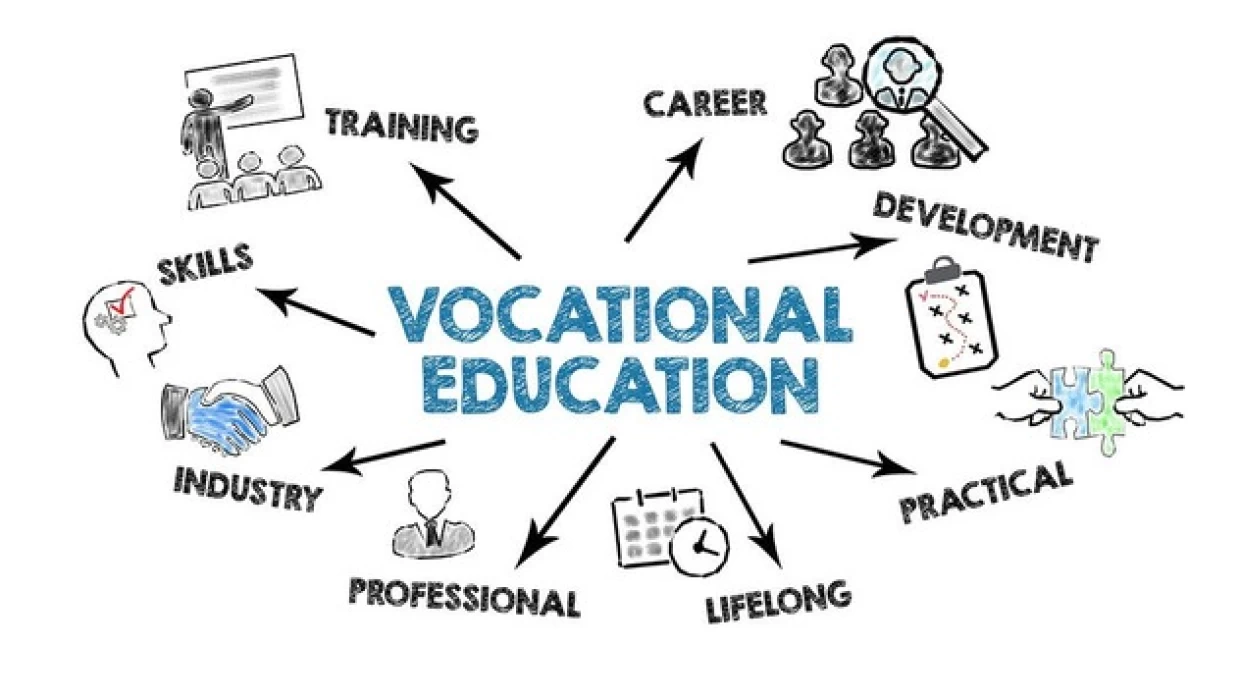




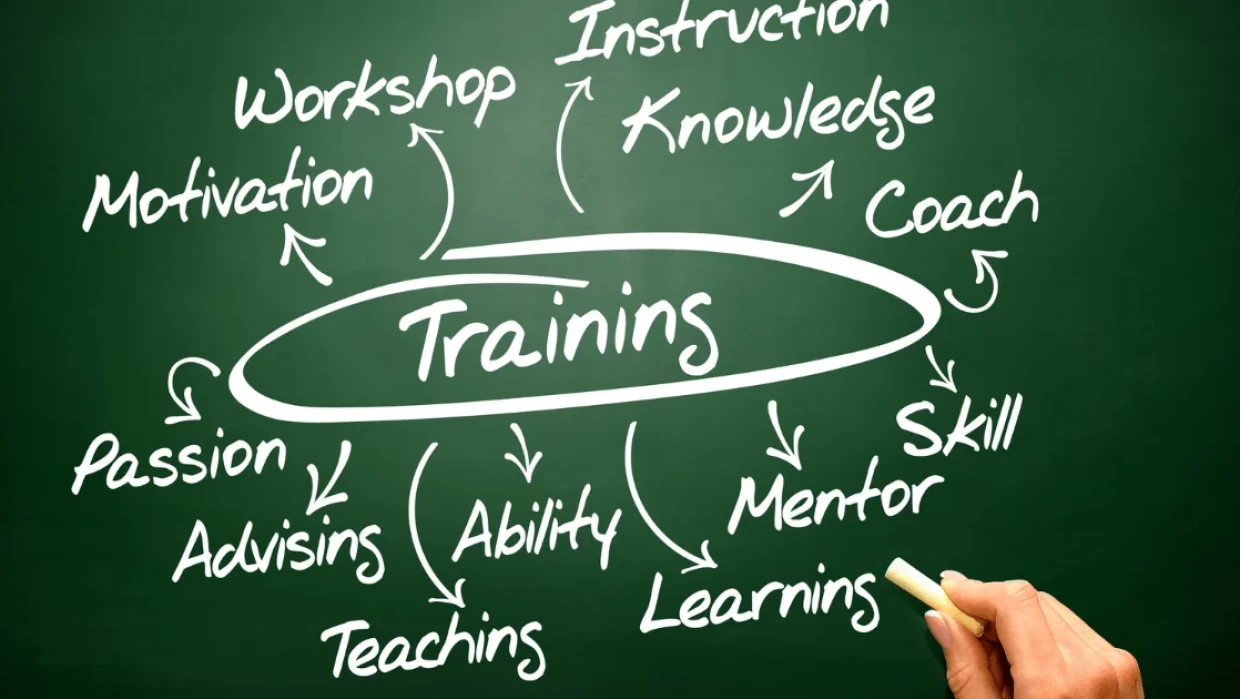


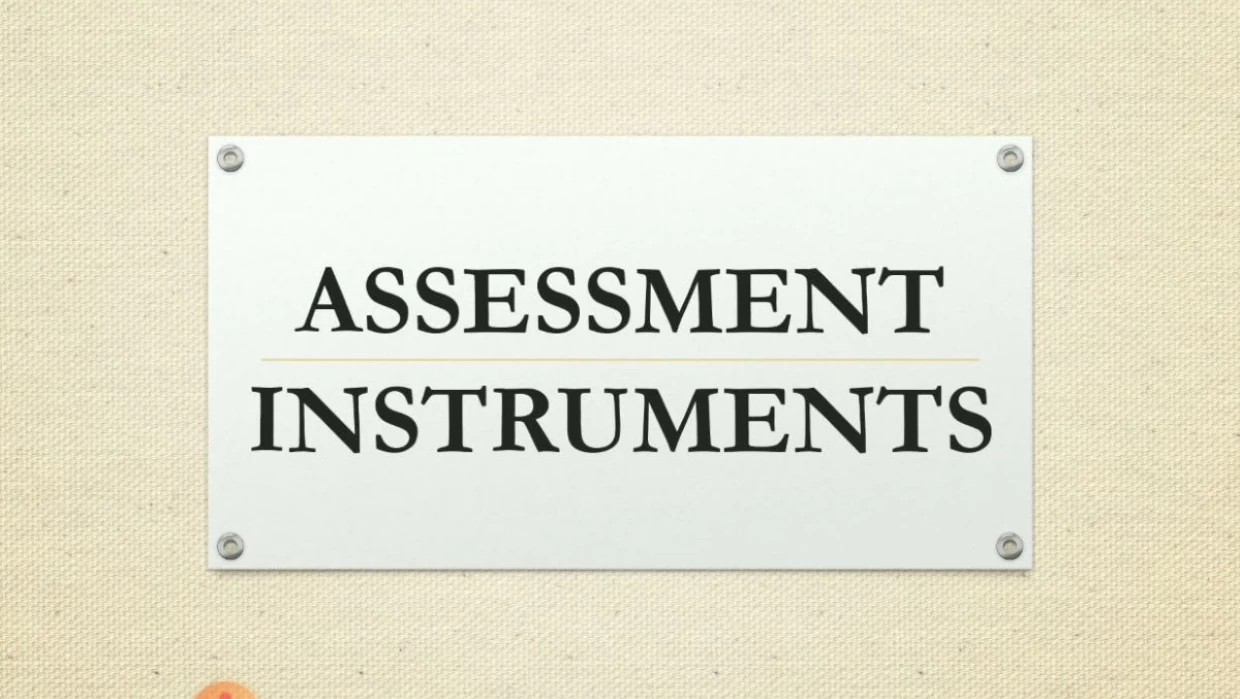




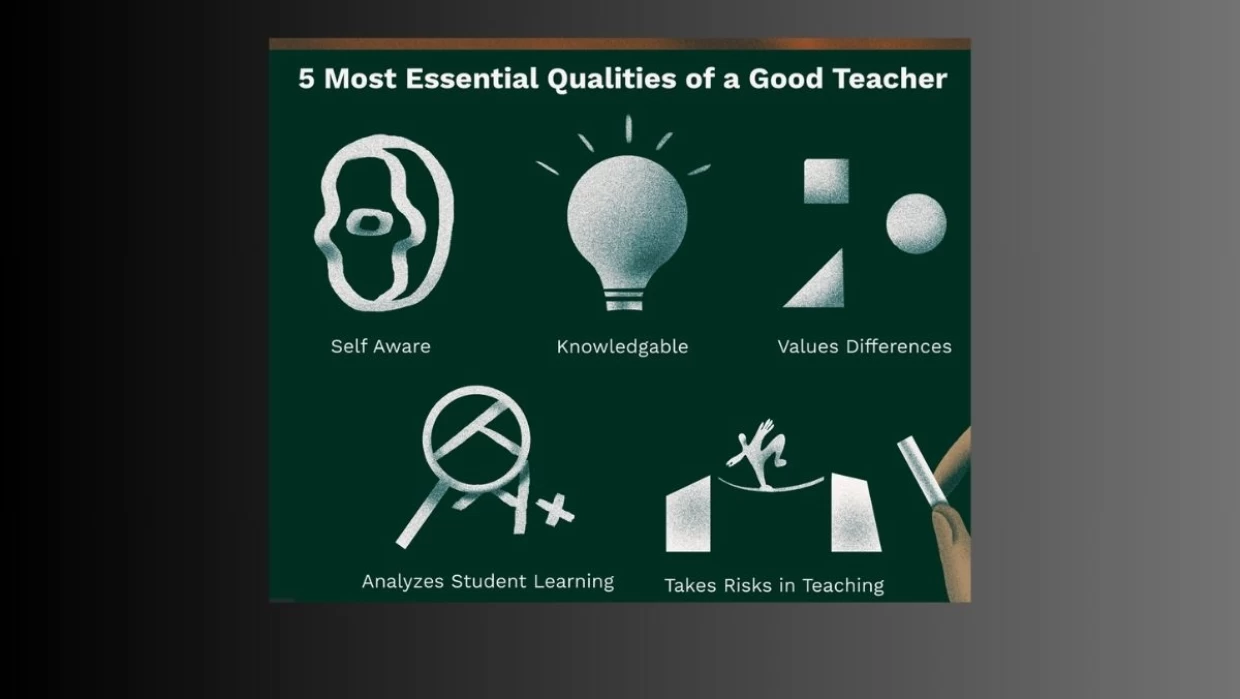
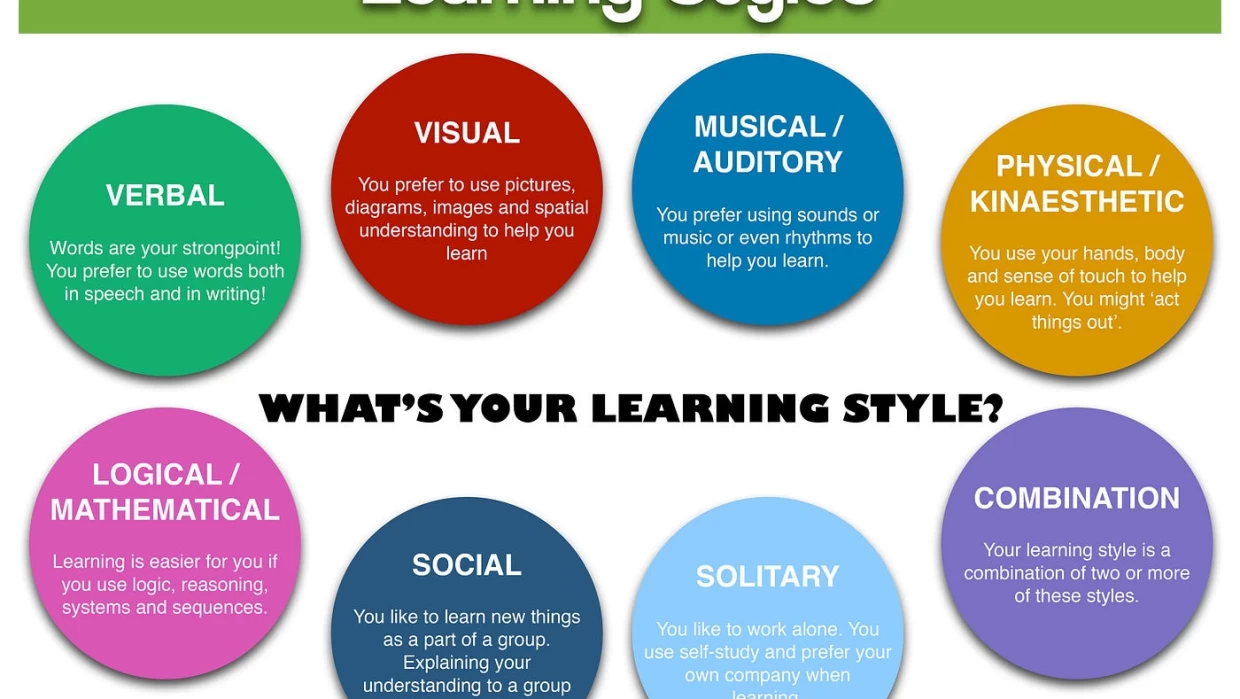
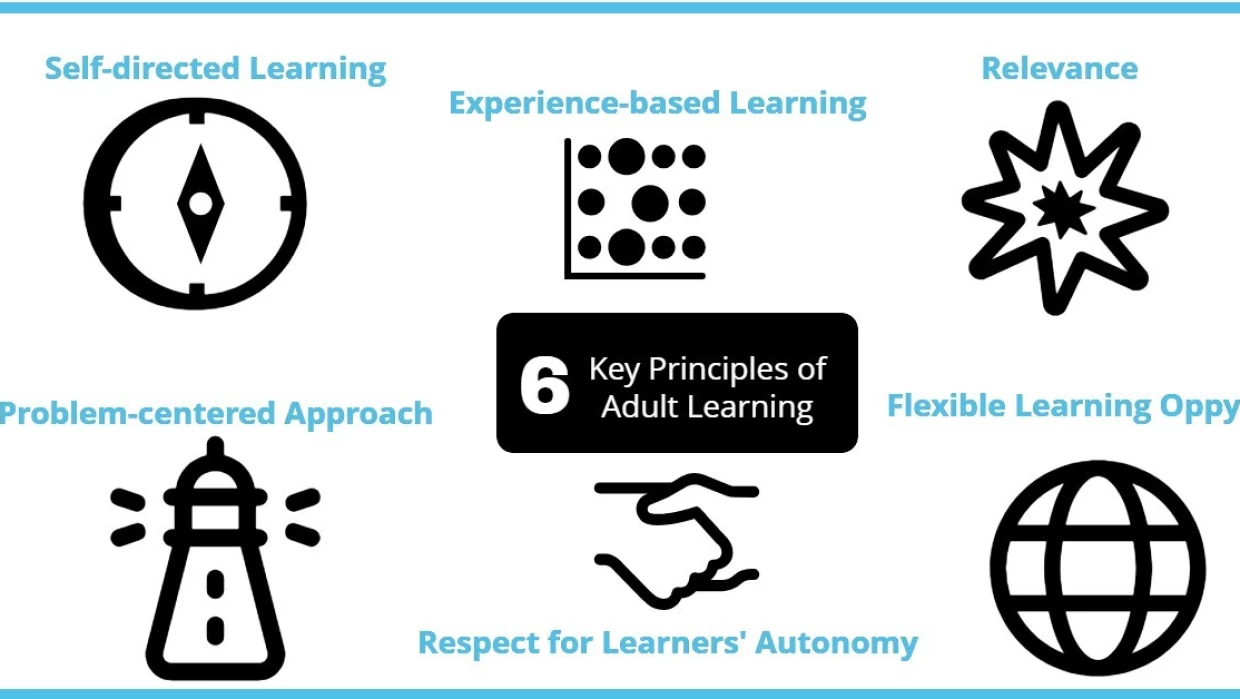














We would be delighted if you could get in touch with us.
Your email address will not be published. Required fields are marked